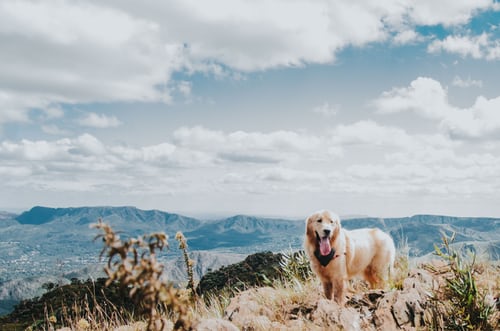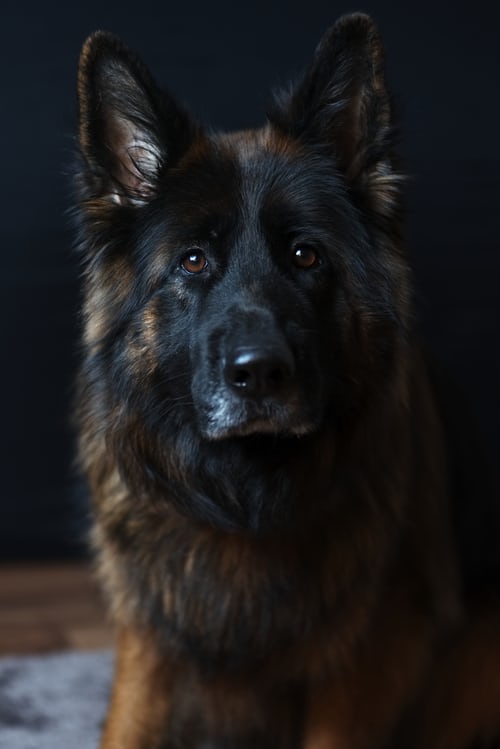Can a dog tear the same ACL twice?
After your dog has TPLO surgery, the last thing you want your furry friend to deal with is another injury. TPLO surgery is a fairly common repair that makes the dog’s leg function again without the ligament.
Although the odds of retearing the same ACL are low due to the nature of the surgery, repetitive motion injuries and “micro injuries” can still occur. It’s imperative that you follow your dog’s recovery plan to the letter to prevent reinjury and keep your fur baby safe and secure.
Now for the bad news: It is extremely likely that your dog will injure the other leg since the opposite leg has to take over while your dog’s post operative leg recovers.
If your dog is on the road to recovery or about to undergo TPLO surgery, these proven tips will help increase the chances of a full recovery and may help prevent reinjury.
How common is it for dogs to injure the other leg or reinjure the same leg?
Unfortunately, 40% of 60% of dogs who rupture one cranial cruciate will also rupture the other one within a year, according to medical statistics. While many factors contribute to dogs injuring the other leg, wear and tear over time, obesity and genetics top the list.
While you can’t control your dog’s genetics or stop the ravages of time, you can see your vet immediately about a weight loss plan for your dog if he or she is obese.
Canine obesity puts a tremendous amount of pressure on your dog’s joints. Obesity can cause chronic pain (due to inflammation) and can even shorten your dog’s lifespan by 2 years! Swimming is an excellent exercise for overweight dogs because it puts minimal strain on the joints.
Preventing Injury after dog TPLO surgery
Dog TPLO surgery can save your pet’s life, but it isn’t without risks. Although your dog isn’t likely to suffer the same exact injury twice while in recovery, your dog can engage in rough play or land the wrong way after jumping and hurt the post operative leg.
For several weeks after surgery, it is crucial that you:
- Prevent your dog from slipping by lining your floors throw rugs with non-slip backings (yoga matts are perfect for this and dogs flock to them like moths to a flame!)
- Prevent your dog from climbing up or down stairs by blocking access
- Do not allow your dog to jump (there are special harnesses that help prevent jumping)
If your dog is large and needs extra support while walking, a support harness will help you walk your furry friend comfortably.
It’s also a good idea to ask your veterinarian if Glucosamine/Chondrointin supplements and Omega 3 supplements are right for your dog.
Signs/symptoms that the dog’s knee has been reinjured?
Aside from obvious limping, there are several symptoms that signify your dog has reinjured his or her knee, including:
- While standing, your dog holds his leg in a partially bent position
- Your dog has lost a substantial amount of muscle mass in rear leg (this is called atrophy or muscle wasting and is common in senior dogs)
- Your dog has difficulty walking
If you notice any of the above symptoms, bring your furry friend to a trusted vet for treatment.
While canine ACL tears are uncomfortable for your dog, they are quite common and not fatal.
Sources:
https://www.medvetforpets.com/wp-content/uploads/2016/10/MEDV-0025_PDG_tta_tplo_r1305_wm.pdf
https://familyvetcare.com/cranial-cruciate-ligament-ccl-repairs-faq/
https://vcahospitals.com/know-your-pet/overweight-obesity-and-pain-in-dogs-overview
https://www.petmd.com/dog/conditions/musculoskeletal/c_dg_cranial_cruciate_ligament


